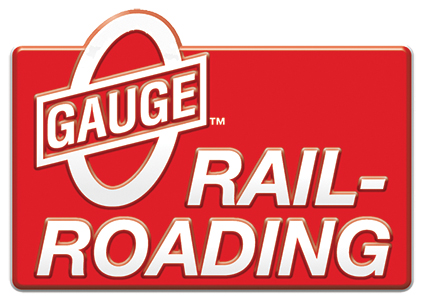How about MTH 40-1029?


Cut the center-rail "jumper" and attach the 2 wires on each side to a toggle switch with sufficient current capability. You can leave the 2 jumpers for the outer rails in place.
If you're trying to save a few bucks or are constrained by existing track dimensions or whatever, you can fuss with breaking/isolating the above-ground rail and below-ground tab connections between track sections. Or use a hacksaw, band-saw or whatever to slice thru the center-rail, patch it up accordingly, and connect 2 wires from each side of the center-rail cut to your toggle switch.
If using DCS, some guys use an AIU Accessory port to power the siding/stub on and off under command-control. You can even put a toggle switch and the AIU Accessory Port in "parallel" so either method can control the stub.
Separately, to answer a question you did not ask...or did not ask "yet", assuming you are running command-control DCS. When you initially apply power to stub, you may encounter the problem where a DCS engine powers up in conventional mode...rather than silent (shutdown). This has to do with the so-called "watchdog" issue which has been exhaustively discussed. Many threads which should be easy to find.








